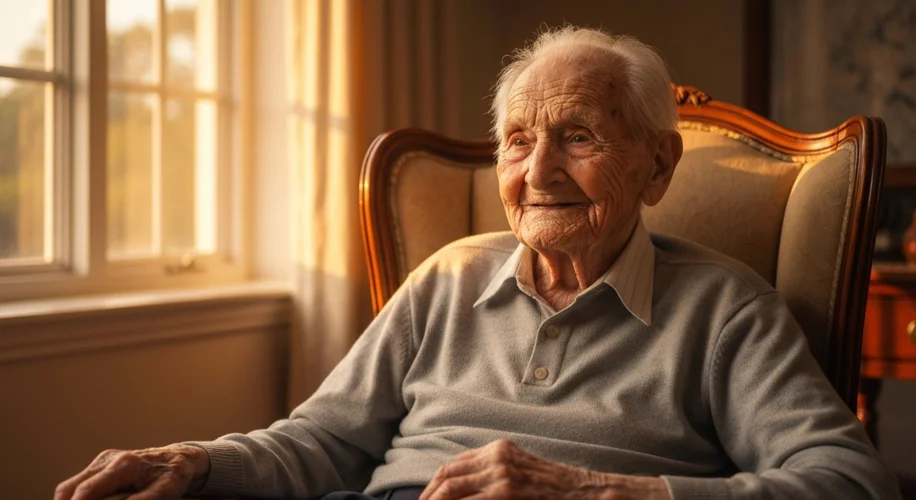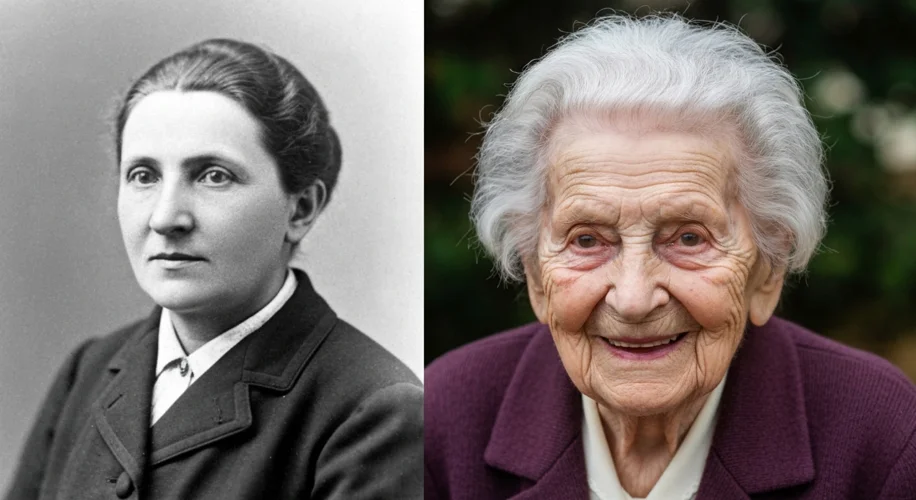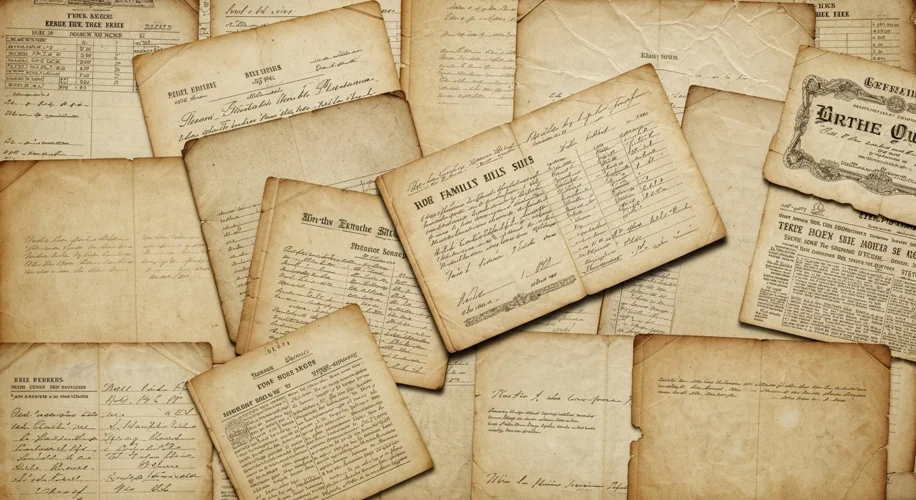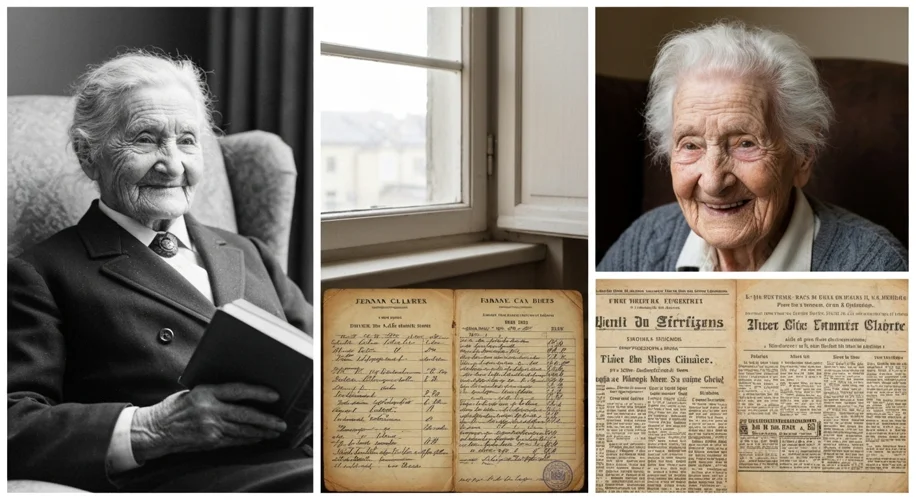The human quest for a long life is as old as civilization itself. From ancient myths of eternal youth to modern scientific pursuits, the desire to push the boundaries of human existence has always captivated us. But what do we truly know about those who have defied the odds and lived to see over a century? The history of centenarians is not just a collection of astonishing numbers; it’s a testament to human resilience, adaptability, and the enduring mystery of life itself.
Throughout history, the very concept of extreme old age was often shrouded in legend. In ancient Greece, figures like Tithonus, granted immortality but not eternal youth, symbolized this longing and its potential pitfalls. The Bible speaks of patriarchs living for hundreds of years, figures like Methuselah, who reportedly lived 969 years. While these accounts are steeped in religious and symbolic meaning, they reflect an early human fascination with exceeding the typical lifespan.

The documented history of individuals reaching extreme old ages, however, begins to solidify with the advent of more reliable record-keeping. In the Middle Ages, life expectancy was drastically shorter, often due to disease, famine, and conflict. Yet, even then, stories of remarkable longevity surfaced. One of the earliest verifiable claims comes from Thomas Parr, an Englishman who, according to legend and some historical accounts, lived to be 152 years old. Born in 1483, Parr’s life spanned significant periods of English history, from the Wars of the Roses to the reign of Charles I. His exceptionally long life was attributed by some to his simple diet and vigorous lifestyle, while others were more skeptical, suggesting a misunderstanding of age or a fabricated tale.
As centuries passed, the fascination with centenarians only grew. The Enlightenment and the rise of scientific inquiry brought a more critical eye to claims of extreme old age. Jacques-Oudart Bourgeois of France, claimed to have lived 125 years in the late 18th century, and his case was scrutinized by contemporaries. These early investigations, while often inconclusive by modern standards, laid the groundwork for what would become gerontology, the study of aging.
In the 19th century, with improved sanitation, nutrition, and medical knowledge, lifespans began to increase across populations. This era also saw the rise of sensationalism, and while genuine cases of centenarians were recorded, many unverified claims also circulated. The societal view of centenarians began to shift from near-mythical beings to remarkable individuals whose lives offered valuable insights. They became symbols of endurance and living history, often sought out for their memories and perspectives.
The 20th century marked a significant leap in both the documentation and understanding of longevity. The establishment of Guinness World Records in the mid-20th century provided a framework for validating extraordinary human achievements, including extreme age. Figures like Jeanne Calment of France, who lived to an astonishing 122 years and 164 days, became global icons. Her life, meticulously documented, offered a compelling case study in human longevity. Born in 1875, Calment’s existence spanned two World Wars, the invention of the automobile, and the dawn of the internet. Her secrets, she humorously suggested, included olive oil, port wine, and a sense of humor.

What factors contribute to such remarkable longevity? The study of centenarians reveals a complex interplay of genetics, lifestyle, environment, and even a touch of luck. While genetics certainly plays a role, providing a predisposition for a longer lifespan, it is not the sole determinant. Lifestyle choices—diet, exercise, social engagement, and stress management—are crucial. Centenarians often exhibit healthy habits, though not always in the way we might expect. Some have been lifelong smokers, while others have enjoyed rich, albeit not always healthy, diets. This suggests that resilience and a unique biological makeup might overcome otherwise detrimental factors.
The societal impact of centenarians is multifaceted. They serve as living bridges to the past, offering firsthand accounts of historical events and cultural shifts that would otherwise be lost to time. Their presence challenges our perceptions of aging, demonstrating that a fulfilling and engaged life is possible even in extreme old age. Furthermore, the study of centenarians fuels scientific research into aging, disease prevention, and the potential for extending human healthspan, not just lifespan.
However, the history of centenarians also highlights the challenges in verifying extreme age. For centuries, record-keeping was inconsistent, making it difficult to distinguish between genuine cases and exaggerated claims. The rise of modern validation methods, relying on birth certificates, census records, and multiple historical documents, has helped to bring more rigor to the field. Yet, even today, there are occasional debates and challenges in confirming the ages of some individuals.

As we continue to push the boundaries of human longevity, the stories of centenarians remain a source of wonder and inspiration. They remind us that the human capacity for survival and adaptation is profound, and that a life well-lived, regardless of its length, is a story worth telling. The ongoing research into their lives promises to unlock further secrets about aging, health, and the very essence of what it means to live a long, meaningful life.

